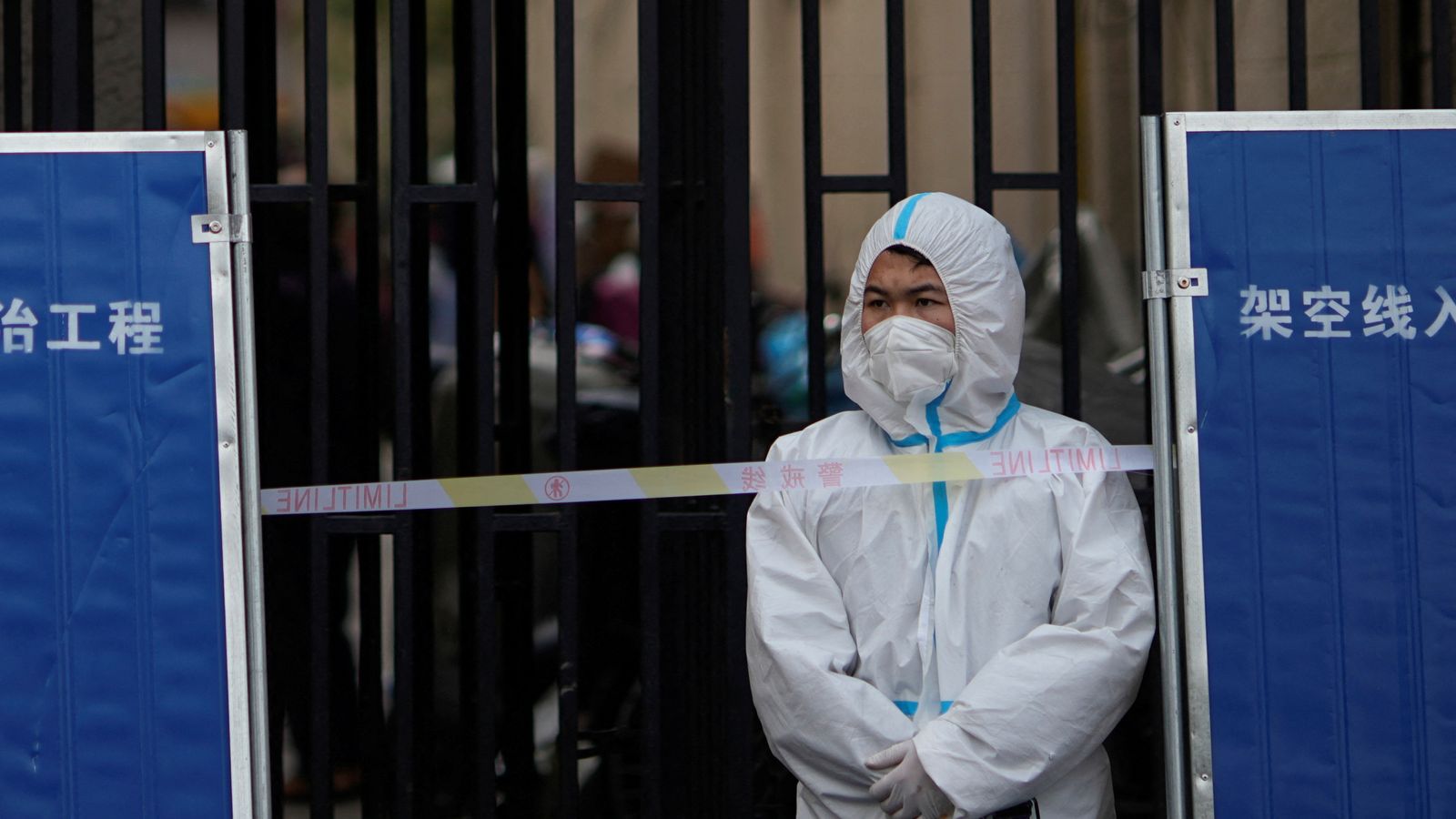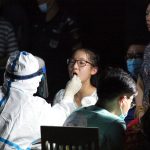China’s “dynamic COVID zero” policy is actually two policies, depending on where you are.
To start with, and while cases were lower than they are today, officials relied on shutting down localised areas and testing residents, to stop outbreaks as they started – styled as the “precision” approach.
But that has been abandoned in many places, as the Omicron wave has worsened.
Especially for smaller, more provincial cities – mass testing becomes unsustainable so the entire city, or the entire province in the case of Jilin, is put into full lockdown until cases die out.
Shanghai is trying something new: a targeted lockdown, but of the entire city, in two phases, to allow the testing of every single resident. 26 million people in total.
As it stands, the lockdown isn’t supposed to last longer than four days for each half of the city.
COVID-19: Shanghai to be split in half using Huangpu River for new two-part lockdown
People who haven’t had COVID yet probably have no friends, a Korean doctor says
COVID-19: 600,000 people to be invited for spring booster jabs next week
The question is what happens after that.
Can Shanghai’s officials really rely on precision policies at a mass scale?
The city has been busy building massive quarantine facilities – people on social media have described them as “Omicron theme parks” – but they may not be able to accommodate all the cases found after mass testing.
The economic costs of the dynamic zero COVID policy are already high but Shanghai will show them even more starkly.
This is China’s financial centre, a crucial engine of the economy. Already supermarkets have been emptied. Fights have broken out.
Follow the Daily podcast on Apple Podcasts, Google Podcasts, Spotify, Spreaker
Many suspect that a full, prolonged lockdown is inevitable. Ultimately, that is the only method left when the precision approach fails.
But many here are asking why China is still relying on the extreme measures first deployed in the early days of the pandemic. And whether they’ll keep facing them with each new wave.
China needs time – time for a huge vaccination drive amongst the elderly, time to build out its hospital and quarantine capacity.
Time too perhaps to realise that mild COVID patients can isolate at home, rather than being taken into centralised quarantine.
Shanghai’s current policy is an attempt to buy that time for the city. One hopes it will give enough.






















